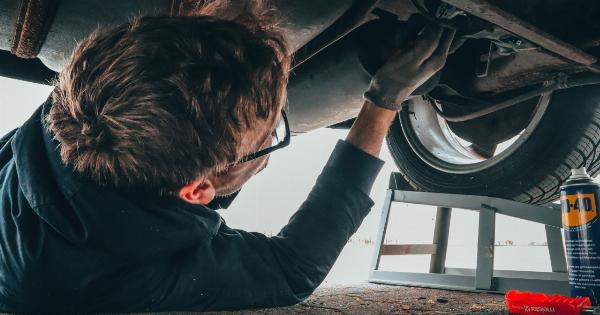Foot surgery has become a common procedure for people who experience foot pain or have sustained a foot injury. However, the traditional surgical methods can be invasive and can lead to complications during the recovery process.
The good news is that a new era of foot surgery has arrived, and it involves the use of a cutting-edge technology called the Glass Slip-On.
What is the Glass Slip-On?
The Glass Slip-On is a piece of technology that is redefining the way foot surgery is performed. This device is a 3D-printed glass platform that is placed over the foot during the surgical procedure.
The platform is designed to be comfortable, and it allows the surgeon to have a clear and unobstructed view of the foot, which is crucial during surgery.
The Glass Slip-On is made using a process called stereolithography, which involves using a liquid resin that is cured by a laser to create the desired shape.
This process allows for a high level of precision and customization, which is essential for surgical procedures.
Advantages of the Glass Slip-On
There are several benefits of using the Glass Slip-On for foot surgery. These include:.
Improved Visibility
The Glass Slip-On provides the surgeon with a clear and unobstructed view of the foot, which allows for a higher level of precision during the surgery. This can lead to better outcomes and a faster recovery time for the patient.
Less Invasive
The Glass Slip-On is a less invasive method of foot surgery. Unlike traditional surgical methods, the Glass Slip-On does not require large incisions. This means that the recovery process is less painful and the risk of complications is reduced.
Customizable
The Glass Slip-On is customizable and can be created to fit the specific needs of the patient. This is especially important in cases where the foot is abnormal in shape or size.
Less Scarring
The Glass Slip-On leaves less scarring than traditional surgical methods. This is because the device does not require large incisions.
Better Outcomes
The Glass Slip-On has been shown to produce better outcomes than traditional surgical methods.
A study conducted by the Department of Orthopaedics at the University of Utah found that patients who underwent foot surgery using the Glass Slip-On had better post-operative pain relief and a faster recovery time than those who underwent traditional surgical methods.
How is the Glass Slip-On Used?
The Glass Slip-On is used in a similar way to traditional surgical methods. The patient is placed under general anesthesia, and the surgeon makes a small incision in the foot.
The Glass Slip-On is then placed over the foot, and the surgical procedure is performed through the platform.
Once the surgery is complete, the Glass Slip-On is removed, and the incision is closed using sutures or staples. The patient is then placed in a cast or boot, depending on the type of surgery performed.
What Types of Foot Surgery Can the Glass Slip-On be Used For?
The Glass Slip-On can be used for a wide range of foot surgeries. These include:.
Bunion Surgery
The Glass Slip-On can be used for bunion surgery, which involves removing the bony bump on the side of the foot.
Hammertoe Surgery
The Glass Slip-On can be used for hammertoe surgery, which involves straightening and realigning the toes.
Tendon Repair
The Glass Slip-On can be used for tendon repair procedures, which involve repairing damaged tendons in the foot.
Fracture Repair
The Glass Slip-On can be used for fracture repair procedures, which involve resetting broken bones in the foot.
Arthroscopy
The Glass Slip-On can be used for arthroscopy procedures, which involve repairing damaged cartilage or tissues in the foot.
Potential Limitations
While the Glass Slip-On has many advantages, there are also some potential limitations to consider. These include:.
Cost
The Glass Slip-On is a new technology, and as such, it can be more expensive than traditional surgical methods.
Availability
The Glass Slip-On is not widely available yet, and it may be difficult to find a surgeon who is experienced in using the device.
Inappropriate for Certain Cases
The Glass Slip-On may not be appropriate for certain cases, such as cases where a large incision is necessary.
The Future of Foot Surgery
The Glass Slip-On is just one example of how technology is changing the way foot surgery is performed. As technology continues to evolve, we can expect to see even more innovations in the field of foot surgery.
These innovations will likely lead to better outcomes, less pain, and a faster recovery time for patients.
Conclusion
The Glass Slip-On is a new era of foot surgery that is redefining the way foot surgeries are performed. It is a less invasive, customizable, and precise method of foot surgery that has many benefits.
While there are some potential limitations, the Glass Slip-On is a promising technology that has already produced better outcomes for patients.




























